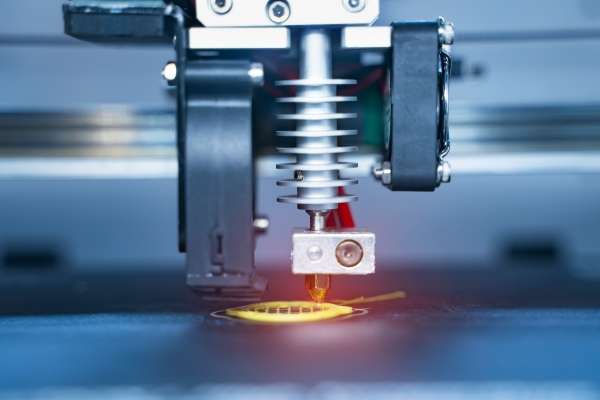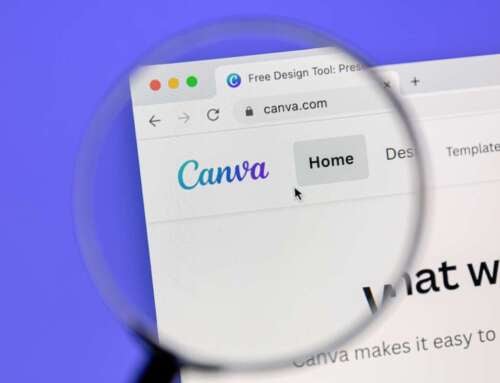The printing press was first invented in the Holy Roman Empire by the German Johannes Gutenberg around 1440. Gutenberg, a goldsmith by profession, developed a complete printing system. It perfected the printing process through all of its stages by adapting existing technologies. Even still, it included technological advances all his own and set a precedent. It began the print revolution.
His newly devised hand mold made possible the precise and rapid creation of metal movable type in large quantities. Consequently, this became a key element in the profitability of the whole printing enterprise.
Print Revolution | The Importance of The Printing Press
In Renaissance Europe, the Print Revolution escalated with the arrival of mechanical movable type printing introduced the era of mass communication which permanently altered the structure of society. The relatively unrestricted circulation of information and (revolutionary) ideas transcended borders, captured the masses in the Reformation and threatened the power of political and religious authorities. Also, the dramatic increase in literacy broke the monopoly of the literate elite on education and learning; therefore this bolstered the emerging middle class. Across Europe, the increasing cultural self-awareness of its peoples also led to the rise of proto-nationalism. In the 19th century, the replacement of the hand-operated Gutenberg-style press by steam-powered rotary presses allowed printing on an industrial scale, while Western-style printing was being adopted all over the world, becoming practically the sole medium for modern bulk printing.
Why is printing still important?
Is print dead? This is a question that has been buzzing around the marketing world since the rapid surge of the Internet, social media, and e-books. While many businesses have completely migrated their advertising efforts to web-based outlets because of its cost effectiveness, exposure potential and convenience, print still maintains its stance as a powerful and necessary component of an ad campaign. Let’s take a closer look at print media and some advantages it has over its digital counterparts since the print revolution!
Print Revolution | Engagement
Consumers are more engaged when reading printed material, unlike websites, which are often skimmed in as little as a 15 second visit. A study shows that people read digital screen text 20% – 30% slower than printed paper. (Alshaali & Varshney, 2005)
Tangibility
A print piece is a physical thing. Magazines and newspapers can stay in houses or offices for months or years. Internet ads can disappear into cyber space in mere seconds.
Target Marketing
Placing ads in publications such as specialty magazines can effectively reach niche audiences that may be more difficult to target online.
Credibility
There is something about print that gives a sense of legitimacy. Even the proto-nationalists required print during the Print Revolution! The saturation of popups and banner ads on the web can be overwhelming (sometimes irritating) and the fear of spam and viruses is enough make people weary of clicking. There is no imminent danger in a print ad or brochure.
Branding
Print ads, brochures, business cards…are excellent for solidifying your brand identity. Your ads should have a consistent aesthetic in terms of fonts, colors and types of images to establish brand recognition.
Fewer Print Ads
More businesses now rely solely on the Internet for their advertising needs. Still, the decline of print publication can actually be used as a marketing advantage. The publications are less crowded: this means cheaper ads for more space!
The best way to market your business is to utilize as many channels as possible to reach every corner of your target demographic; this should not exclude print. It’s likely that most of your advertising efforts will be executed online. However, it’s important to reach the many who still revel in the power of the printed page! Finding the right balance between print and digital will ensure a steady revenue flow, an increase in sales and new customers. Let the print revolution continue to lead your company to its future!







Leave A Comment